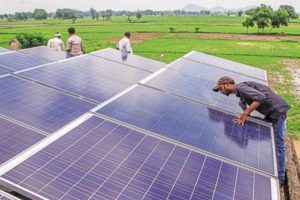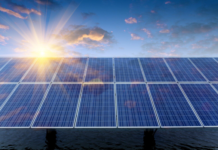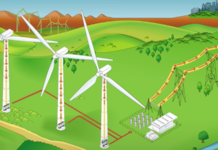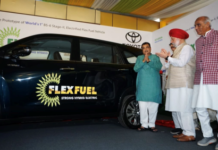
New Delhi: Consulting firm Bridge to India has termed the recent low winning bids for solar power projects in India “unsustainable” and warned that “inadequate risk pricing poses a severe viability challenge for the sector”.
The warning comes after solar power developers last month bid as low as Rs2.97 per kilowatt hour (kWh) for a 750-megawatt (MW) project at Rewa in Madhya Pradesh. The winning bid offered a so-called levelized tariff—the value financially equivalent to different annual tariffs over the period of the power purchase agreement (PPA)—of around Rs3.30 per unit.
In a note titled Bidding behavior in the Indian solar sector not sustainable, Bridge to India noted that India allocated 12.6 gigawatt s from July 2015 to December 2016 to winners through a bid process. The tenders saw tariffs falling from Rs5.50-6.00 per kWh in mid-2015 to Rs3.29 per kWh in 2017.
“The average harmonized tariff of Rs4.31 (¢ 6.3)/kWh gives us an equity IRR (internal rate of return) of 14.20%, significantly below the benchmark expectation of 18%,” the report released on Monday said.
“This is a clear demonstration of aggressive bidding in the sector and we believe the developers are bridging the gap in two ways. First, by focusing relentlessly on optimization of technical and financial project parameters, they can push up IRR by 200-300 basis points. Second, the developers are making speculative favourable assumptions on future equipment prices, land sale values, debt refinancing, salvage value, etc., to defend project returns,” the report added.
India’s solar power generation capacity has increased by a third to 10,000 MW from 2,650 MW as of 26 May 2014. Of India’s installed power generation capacity of 314,642 MW, green energy accounts for 16%, or 50,018 MW.
“Low equity IRRs suggest that the Indian developers, in particular, are not pricing risks fully and too much faith is being placed on an optimistic future scenario,” the report said.
India, the world’s third-largest energy consumer after the US and China, plans to achieve 175 gigawatt (GW) of renewable energy capacity by 2022 as part of its global climate change commitments. Of this, 100 GW is to come from solar.
Experts agree with Bridge to India’s forewarning.
“Some of the recent prices we have seen are in the unsustainable zone. There are several risk factors such as foreign currency, capacity utilization factor as well as operations and maintenance cost escalation that can easily make the base assumptions go wrong,” said Abhishek Poddar, a partner at consulting firm A.T. Kearney Ltd.
Also, solar power tariffs have dipped because of plunging prices of solar modules. Module prices are expected to extend their drop in 2017 as global supply exceeds demand.
“Common perception is that auctions and increased competition are forcing developers to bid aggressively resulting in tariffs coming down so fast. But our analysis shows that changes in equipment costs and other factors are responsible for most of the decline. Adjusted for these changes, tariffs haven’t trended down in the last 18 months,” the report added.
India’s demand for renewable energy is expected to grow seven times by 2035, according to the latest edition of BP Energy Outlook. This means the share of renewable energy in the country’s fuel mix will increase from 2% to 8% by 2035.
By: Mayank Aggarwal & Utpal Bhaskar
Source: http://www.livemint.com



















